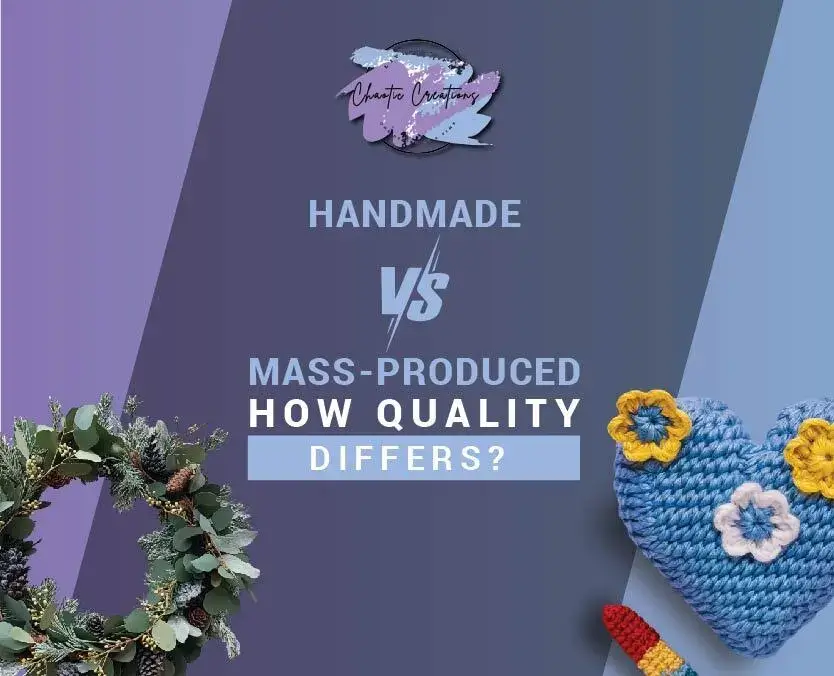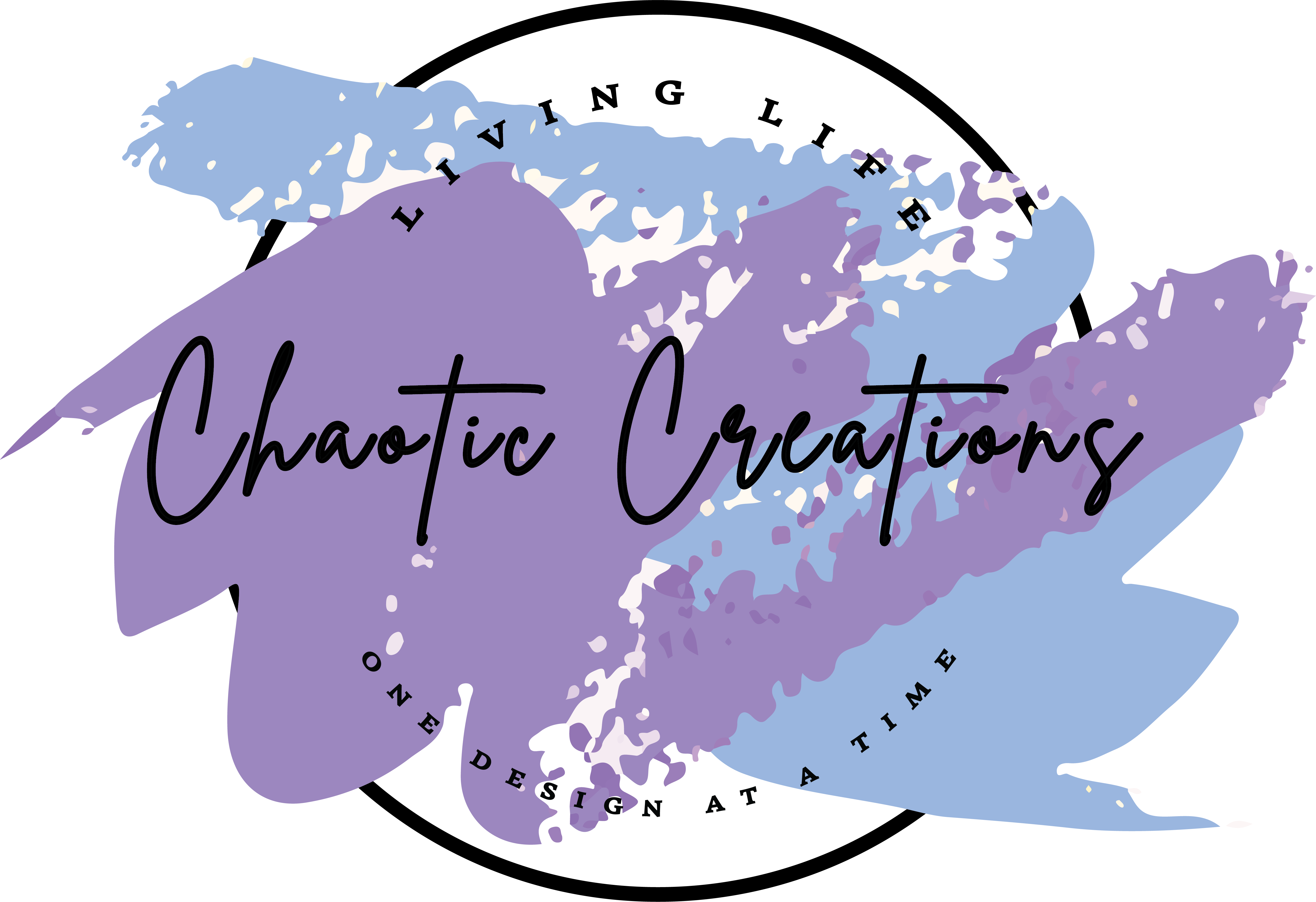
Handmade vs Mass-Produced How Quality Differs?
Both handmade and mass-produced products sit on opposite ends of the spectrum. And this is also the very reason why people struggle to decide when it comes to choosing between something handmade or mass-produced. One’s everywhere, the other’s one of a kind.
Artisans create handmade items with skill, time, and careful attention to every detail. Whereas, mass production involves machines churning out identical products at a large scale, just so they can be made widely available at a lower cost.
One offers uniqueness, while the other provides consistency and affordability. Let’s dig in and find out how quality differs between handmade and mass-produced.
The Material Chosen is Different between Bulk and Handmade
Factories do save costs and lay more reliance on speeding up production. They often use the cheapest materials available which come in the form of low-quality fabrics, synthetic fillers, and thin, mass-molded plastics.
Handmade, on the other hand, is all about quality over quantity. Artisans carefully choose durable, high-grade materials because they take pride in their work and want their creations to last.
They use real leather instead of cheap PU, solid wood instead of particle board, or handwoven fabric instead of machine-pressed blends. This is also the reason why handmade products last longer, feel better, and be worth every penny in the long run. The same does not go for factory-made products that are mainly cheaper upfront. This attention to quality is what makes a real difference over time.
The Cost Differs Between Handmade and Mass-Produced
Surprisingly, when it comes to cost; handmade products can be pricier. They require more time, skilled labor, and often higher-quality materials. It’s entirely based on human effort and has no assembly line or automation involved.
In contrast, mass-produced items benefit from bulk materials and fast production speeds. It takes a lot of money to set up production, but making things in bulk lowers the cost over time. If saving money is the main goal, mass-produced factory items are the cheaper option.
But if you’re looking for craftsmanship and longevity, handmade is worth the investment. If you don’t want to settle for boring and overpriced products, check out these handmade pieces available at great prices.
Comparison Table: Handmade vs. Mass-Produced
| Aspect | Handmade Products | Mass-Produced Products |
| Quality | High, detailed craftsmanship | Consistent but often lower quality |
| Uniqueness | Every piece is one-of-a-kind | Identical, factory-made |
| Cost | Higher due to labor and materials | Lower due to automation and bulk production |
| Durability | Longer lifespan due to better materials | Can wear out faster |
| Production Speed | Slow, requires time and skill | Fast and efficient |
| Customization | Can be personalized | Limited or none |
| Ethical Impact | Supports artisans and small businesses | Often linked to mass labor and lower wages |
| Sustainability | Uses sustainable materials and practices | Often contributes to overproduction and waste |
Are Handmade Products Better Than Mass-Produced Products?
Yes, handmade are better for a variety of different reasons:
- Firstly, handmade carry authenticity, personality, and a level of detail that mass-produced goods lack. A handmade gift shows you put thought into it, not just grabbed something off a shelf last minute.
- Secondly, artisans craft handmade items with care, using high-quality materials. Unlike most mass-produced factory products, machines don’t just rush them through assembly.
- Thirdly, when you buy handmade; you support artisans, small businesses, and ethical production practices. Factories might cut corners to save costs; artisans don’t because their reputation is on the line.
- And last but not least. Factories make items for everyone, but handmade is made for you. You can often interact with the person who made your item, making the purchase more personal and rewarding.
Why Mass Production Falls Short?
Mass-produced items rely on cheap materials, weak construction, and uniform designs, making them less durable and lacking uniqueness. Handmade pieces, on the other hand, are made with care and skill, giving them a personal touch that factory-made stuff just can’t match.
Take this Moon Witch Wreath, for example. This kind of decor could never be truly replicated by mass production. Each one is handmade, capturing depth, character, and intentional artistry straight from the artisan’s hands.
If a machine made it, the design wouldn’t be consistent, cheap materials would replace quality ones, the glue would hold it together instead of real craftsmanship, and everything would be rushed to save money.
In the above case, it’s not. This wreath that you’re seeing is made from an artistic vision and is not pulled from an assembly line. The centerpiece features a striking black cat that adds a mystical vibe, complemented by soft pink floral accents for a touch of elegance. It’s something that can only be done best when it’s handmade.
Which one to go for?
In the end, it all comes down to what you value most. If you prioritize affordability and convenience, mass-produced products might be the way to go. If you care about quality, longevity, ethics, and uniqueness, handmade is the clear winner.
There is no doubt that mass production has made things more accessible; However, it has also led to a culture of disposability. Handmade products, on the other hand, bring a rare quality in today’s fast-moving world.
So next time when you’re deciding between something mass-produced or something handmade, ask yourself this question: Do I want something that lasts or something that’s just easy to replace?
Happy buying!





